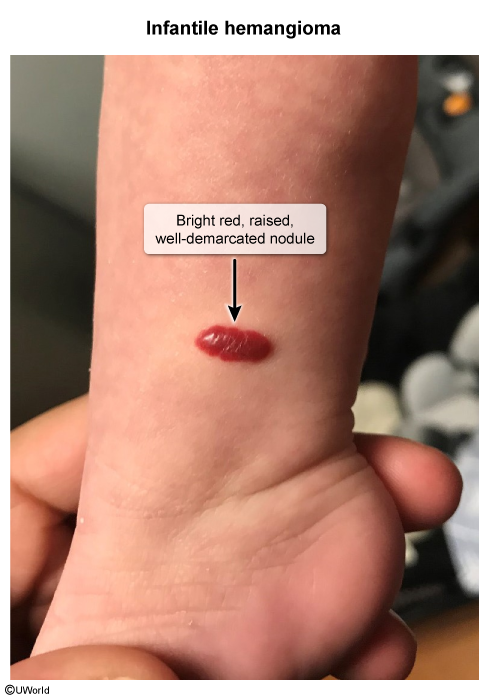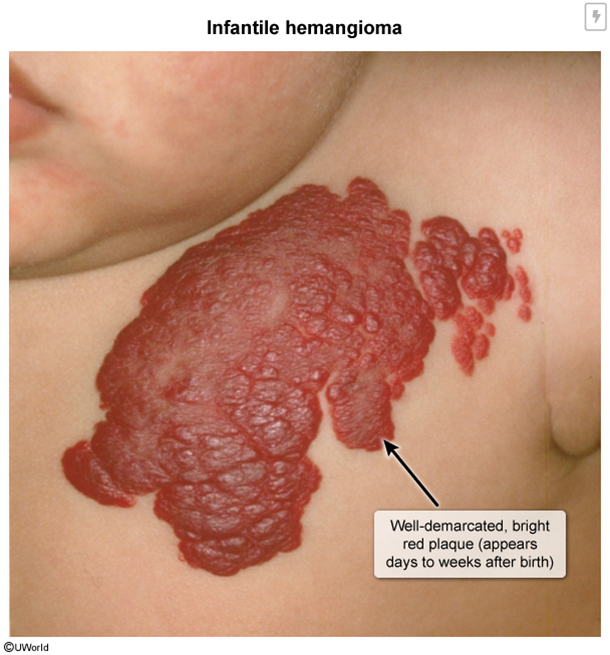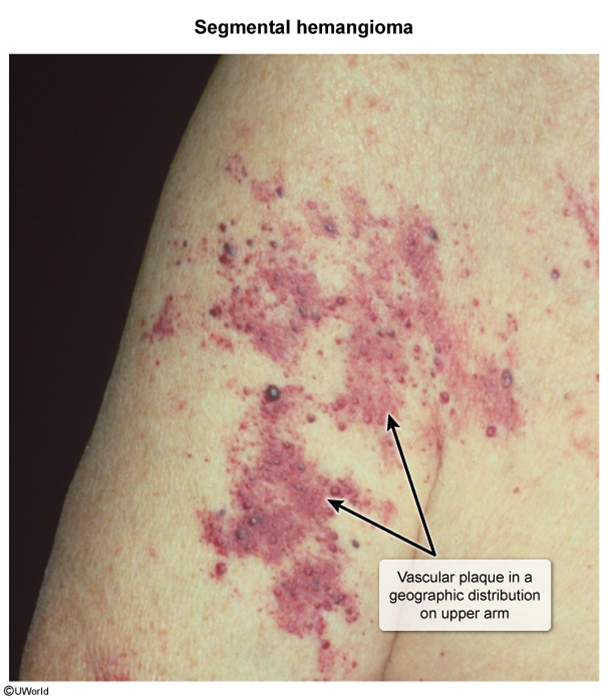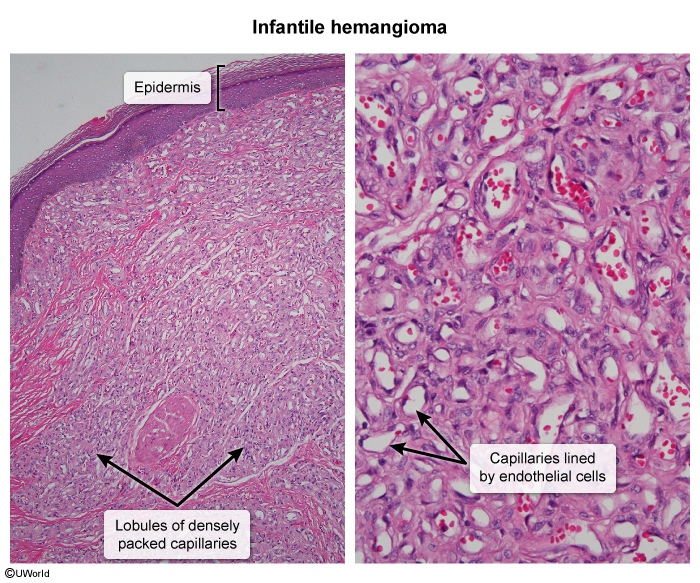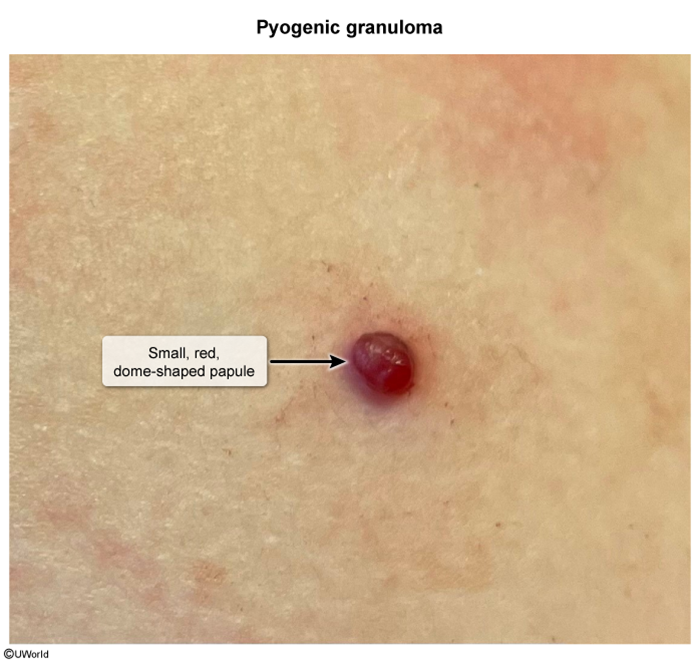Infantile Hemangiomas
Article Sections
Introduction
Infantile hemangiomas are benign vascular tumors composed of proliferating endothelial cells. The lesions classically appear during the first weeks of life, grow rapidly during infancy, and regress in early childhood.
Pathogenesis
Infantile hemangiomas, the most common vascular tumors in children, are formed from endothelial cells undergoing rapid mitosis. Natural tumor progression begins with a proliferative phase during infancy followed by an involution phase during childhood.
During the proliferative phase, benign tumor growth is related to the de novo production of a densely packed capillary network (ie, vasculogenesis) and/or the sprouting of new capillaries from existing ones (ie, angiogenesis). This process is facilitated by angiogenic factors such as vascular endothelial growth factor (VEGF). The involution phase is predominated by apoptosis as the endothelial cells are replaced by fibrotic and adipose tissue.
Continue Learning with UWorld
Get the full Infantile Hemangiomas article plus rich visuals, real-world cases, and in-depth insights from medical experts, all available through the UWorld Medical Library.
Figures
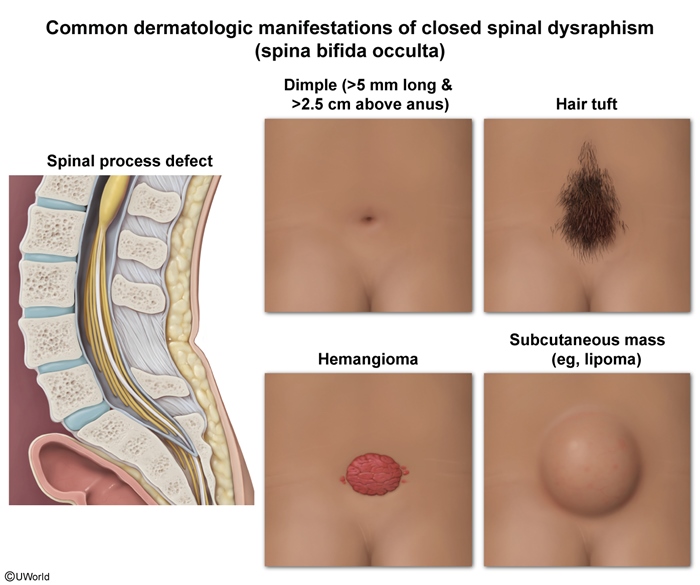
Images
